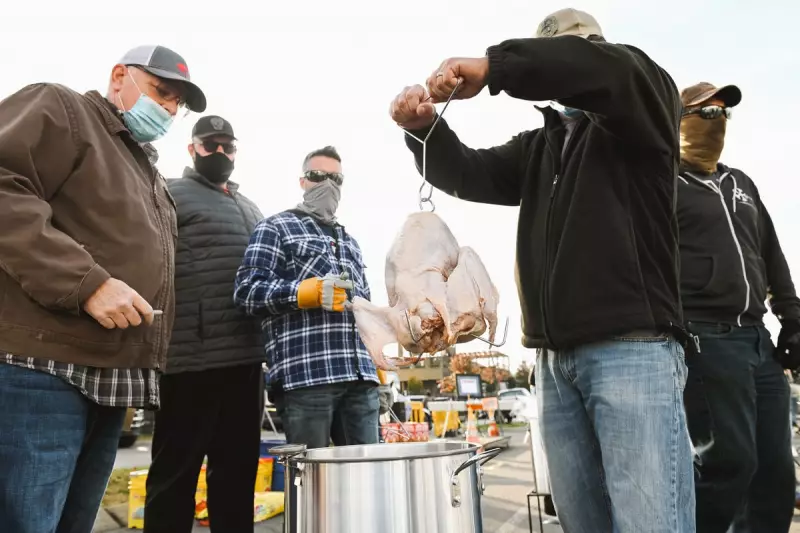
Deep-frying a turkey promises a deliciously moist centrepiece for your Thanksgiving feast, but this popular cooking method carries significant risks if not performed correctly. Every autumn, attempts to deep-fry the holiday bird result in millions of pounds in property damage, emergency room visits, and even tragic fatalities.
The overwhelming majority of these accidents share one common, dangerous mistake: submerging a frozen or partially frozen turkey into boiling oil. If you're planning to deep-fry this year, it is absolutely critical to ensure your turkey is completely thawed and thoroughly dried beforehand to prevent a catastrophic explosion.
The Chemistry of a Turkey Fryer Explosion
So, what makes the combination of a frozen turkey and hot oil so volatile? The answer lies in fundamental chemistry and the properties of density. Kristine Nolin, an Associate Professor of Chemistry at the University of Richmond, explains that the core of the danger stems from the dramatic differences in density between oil, water, and steam.
Density is a measure of how much mass is packed into a given volume. Water is significantly more dense than oil because its molecules are smaller and pack together more tightly. This is why oil always floats on top of water. Furthermore, water undergoes drastic density changes as it changes state from solid ice to liquid water, and especially to gaseous steam.
When water turns to steam, it expands to a staggering 1,700 times its original liquid volume. You witness this force in a everyday kettle, where the expanding steam is forced through the whistle.
Why a Frozen Turkey Becomes a Bomb
A frozen turkey is essentially a vessel filled with a large amount of ice. Raw meat itself is composed of 56% to 73% water. When this icy bird is plunged into oil heated to around 175°C (350°F)—far hotter than water's boiling point of 100°C (212°F)—the ice rapidly transforms.
While surface steam can escape harmlessly, the real peril begins when the turkey is submerged. The internal ice melts into liquid water. Being denser than the oil, this water sinks to the bottom of the fryer pot. There, it continues to absorb intense heat.
This is when the explosive chain reaction occurs. The sunken water, now at the bottom of the pot, flashes into steam. It instantly expands to 1,700 times its volume, and its density plummets, forcing it to violently rush to the surface. This rapid expansion and upward thrust blows the boiling oil out of the pot in a fiery geyser.
To make a dangerous situation catastrophic, the displaced oil often comes into contact with the burner or an open flame, instantly igniting. The flames then rapidly spread across the oil's surface, leading to a fast-moving and devastating fire.
With thousands of such accidents reported annually, the safety advice is clear. Always thoroughly thaw and pat dry your turkey before it ever nears the hot oil. Understanding this simple science can be the difference between a memorable meal and a memorable disaster.





